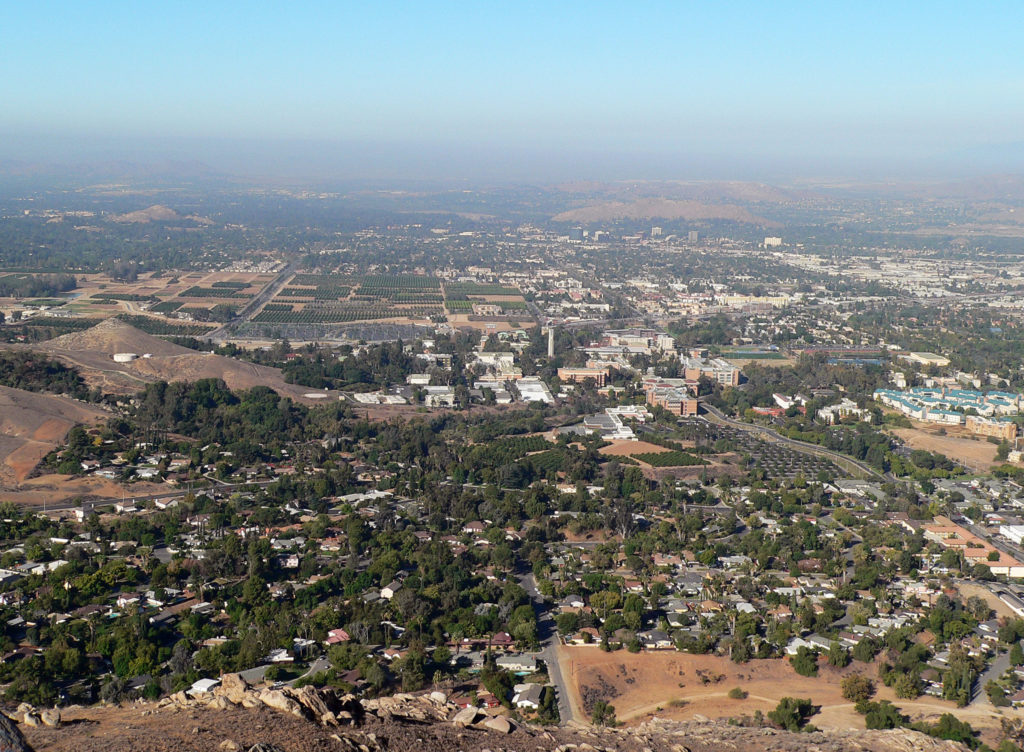
Article Summary: National Parks Near Riverside
National Parks near Riverside. There’s so much more to the Last Frontier than
In this article, we’ll familiarize you with the incredible national parks that are within a day’s drive of downtown Riverside.
I’ve been to so many of these amazing places since retiring from teaching in 2018. Did I mention that I taught history? I spent a lifetime teaching about the history behind these momentous sites. Then I got to see them firsthand. And now I’m sharing the stories of these incredible places with you. It doesn’t get any better than that!
Riverside has 24 nationally registered historic sites and more than 100 city landmarks commemorating this city’s flavorful history.
Known as the city of arts and innovation, visitors and residents enjoy cultural activities including downtown museums, restaurants and performing arts centers.
And let’s not forget about those fabulous national parks that are a day’s drive (or less) from the city.

So, What Is A National Park?
We get asked that question a lot because there’s a difference between a “national park” and a “national park site.” To help you understand that difference you might want to check out our article titled: What Is A National Park Really?
If you’re planning a trip to the Golden State then one book I highly recommend is: California Bucket List Adventure Guide & Journal: Explore 50 Natural Wonders You Must See & Log Your Experience!
Now let’s go ahead and share those 7 wonderful reasons why you’ll want to make that day’s drive from Riverside to one of these amazing places.
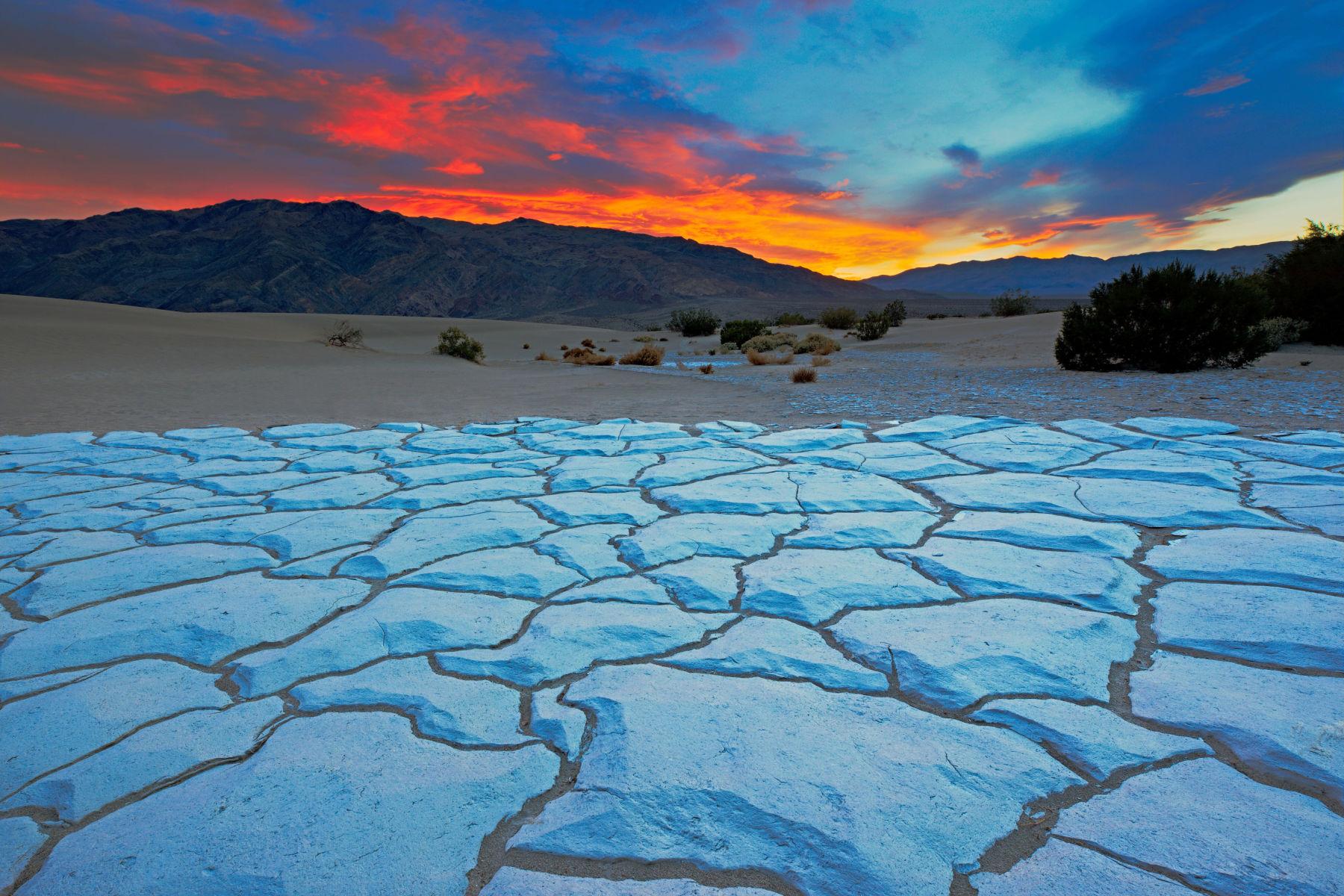
Table Of Contents: National Parks Near Riverside
Best National Parks Near Riverside
1. Channel Islands National Park
Distance from Los Riverside: 2 hours and 30 minutes (approximately)
Resources: Where to Stay
Channel Islands National Park is located off the coast of California, encompassing five of the eight Channel Islands.
The park was established in 1980 to protect the unique natural and cultural resources of the islands, which are home to a diverse range of plant and animal species, including many that are found nowhere else in the world.
The Chumash people, who have lived on the Channel Islands for thousands of years, have a rich cultural history that is tied to the land and sea. They used the resources of the islands to sustain themselves and developed a complex society with unique traditions, arts, and beliefs.
In the late 19th and early 20th centuries, the Channel Islands were used for agriculture, ranching, and military purposes, and many of the native species and ecosystems were impacted by human activity. In the mid-20th century, concerns about the preservation of the islands led to the creation of a national park to protect their unique resources.
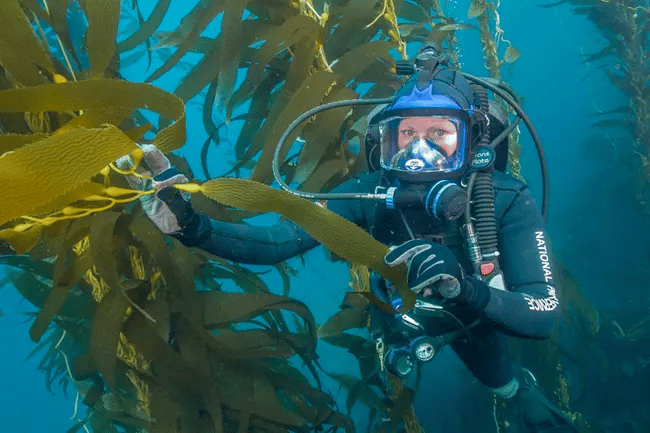
The Channel Islands Today
Today, Channel Islands National Park encompasses over 249,000 acres of land and sea, including a variety of habitats, from rocky cliffs and sandy beaches to deep-sea canyons and kelp forests.
The park is home to a wide range of plant and animal species, including the island fox, the spotted skunk, and the bald eagle, as well as many rare and endangered species.
The park also provides opportunities for visitors to experience the rich cultural and natural history of the Channel Islands, including hiking, camping, kayaking, and wildlife watching.
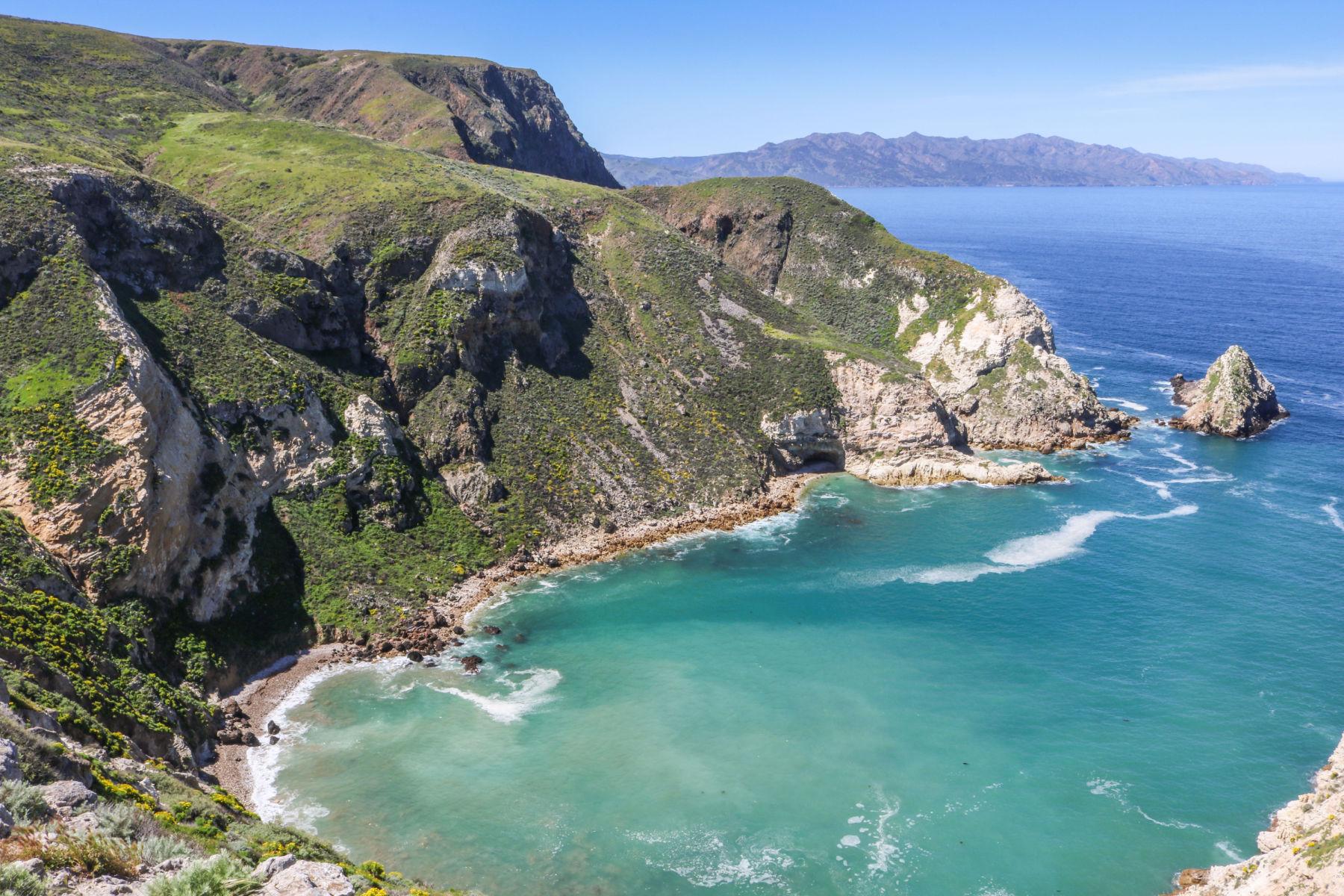
RELATED: 13 SURPRISING Channel Islands National Park Facts
About this National Park Near Riverside
The Channel Islands National Park is a collection of five islands off the coast of Southern California. It includes Anacapa, Santa Cruz, Santa Rosa, San Miguel, and Santa Barbara islands.
The park is known for its unique and diverse ecosystems, including beaches, cliffs, kelp forests, and maritime caves. It’s also home to a wide variety of flora and fauna, including endemic species found nowhere else on Earth.
Visitors to Channel Islands National Park can engage in a variety of outdoor recreational activities, including:
- Hiking: There are several trails for visitors to explore, offering scenic views and opportunities to see wildlife.
- Camping: The park has several designated camping areas for visitors to spend the night and experience the natural beauty of the islands.
- Kayaking: The protected waters around the islands are perfect for kayaking, allowing visitors to explore the coastline and observe marine life.
- Snorkeling: The clear waters around the islands provide an excellent opportunity for snorkeling, with a rich variety of marine life to observe.
- Wildlife viewing: The park is home to a diverse array of wildlife, including seals, sea lions, and several species of whales and birds.
- Boating: Visitors can also take boat tours around the islands to see the unique landscapes and wildlife from the water.
- History & Culture: The islands have a rich cultural history, with evidence of human habitation dating back over 10,000 years. Visitors can learn about the Chumash people and the history of the islands at the park’s museum.
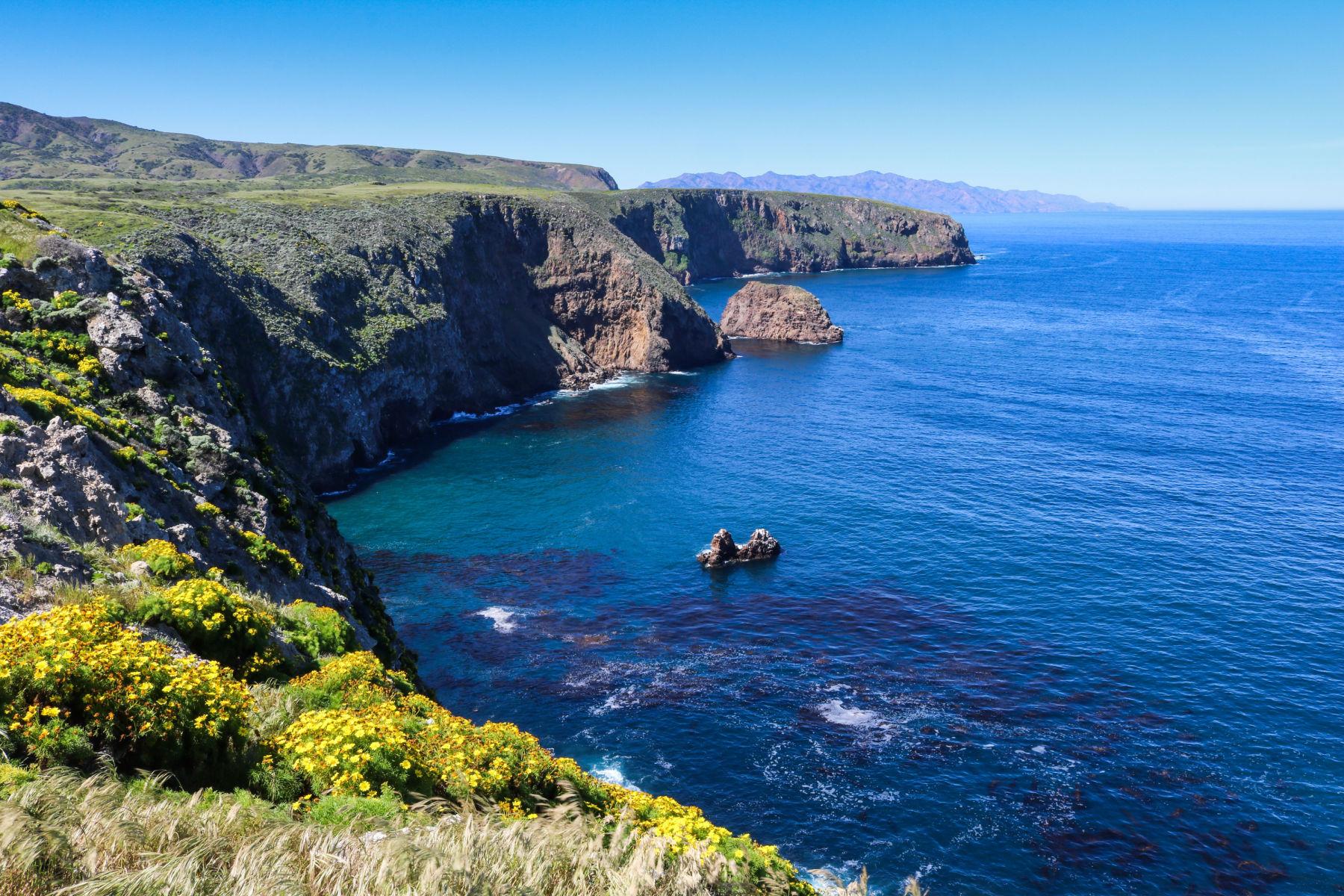
2. Death Valley National Park
Distance from Riverside: 3 hours 43 minutes via US-395 N.
Death Valley National Park is located in the Mojave Desert in California and Nevada and was established as a national park in 1994. The park is known for its extreme and diverse landscape, including the lowest point in North America (Badwater Basin, which lies 282 feet below sea level), towering mountain ranges, and vast sand dunes.
The history of Death Valley is rich and varied. Archaeological evidence suggests that the area was inhabited by the Timbisha Shoshone people for thousands of years. The area was later explored by Spanish missionaries and soldiers in the 18th and 19th centuries, and in the late 19th and early 20th centuries, it became a popular destination for miners and settlers who were seeking their fortunes during the California Gold Rush.
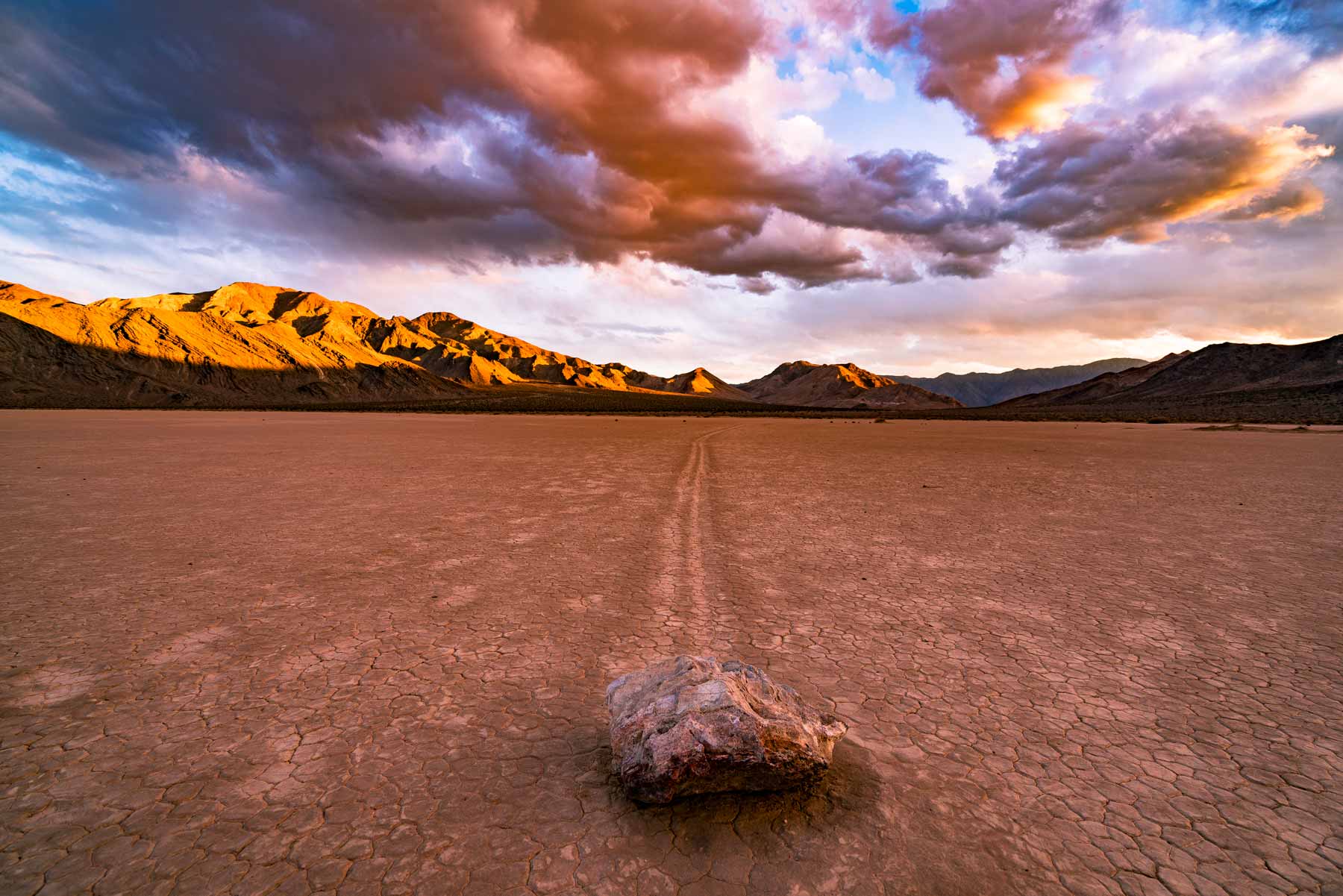
RELATED: Death Valley National Park
Death Valley Has A Fascinating History Of Human Settlement, Mining & Transportation
Death Valley also has a fascinating history of human settlement, mining, and transportation. In the late 19th century, the area was a hub of mining activity, and several boomtowns, including Furnace Creek and Rhyolite, emerged.
The area was also an important stop along the 20-Mule Team Borax route, which was used to transport borax from the mines in Death Valley to the railhead at Mojave.
Today, Death Valley National Park encompasses over 3 million acres of land and includes a diverse range of habitats, from lush oases and canyons to barren salt flats and sand dunes.
The park is home to a wide range of plant and animal species, including the iconic desert bighorn sheep, and provides visitors with opportunities to experience the rugged beauty of the Mojave Desert, including hiking, camping, and wildlife watching.

Check Out Our Death Valley Video
In the remote far reaches of the Mojave Desert lies the largest national park in the continental United States. Hidden here in the hottest place on earth is another world full of diverse life and colorful landscapes. Join us as we take life to the extreme and explore Death Valley.
Filmed primarily in 8K. To make this film we spent weeks in California’s (& Nevada’s) Death Valley National Park, mostly in February and March when the temperatures are more manageable. We traversed hundreds of miles hiking most of the parks trails to capture the park like never before.
As the largest park in the contiguous United States, Death Valley is massive – over 3 million acres! We visited destinations like: Eureka Dunes, The Racetrack Playa, Mesquite Dunes, Zabriskie Point, Charcoal Kilns, Aguereberry Point, Badwater Basin, Darwin Falls, and more.
If you’re visiting the park be sure to check out our full Death Valley National Park Guide!
Things To Do In Death Valley
Here are some of the top things to do in the park:
- Explore Badwater Basin: Visit the lowest point in North America, Badwater Basin, and walk on the salt flats that cover much of the basin.
- Take a scenic drive: Drive along scenic routes like the Artist’s Drive and Artist’s Palette, which offer stunning views of the park’s colorful landscapes.
- Visit the Furnace Creek Visitor Center: Learn about the history and geology of Death Valley at the Furnace Creek Visitor Center, which has exhibits, maps, and information about the park.
- Hike in the park: Death Valley has many trails that range from easy to strenuous, offering visitors the opportunity to explore the park’s diverse landscapes.
- Star gaze: Death Valley has some of the clearest skies in the world, making it an ideal place for stargazing. Visitors can attend ranger-led programs or visit one of the park’s designated stargazing areas.
- Visit historic sites: Explore the history of Death Valley by visiting historic sites like the Harmony Borax Works, Rhyolite Ghost Town, and Scotty’s Castle.
- Enjoy outdoor recreation: Death Valley has many opportunities for outdoor recreation, including hiking, camping, horseback riding, and wildlife watching.
- Visit the park in spring: Death Valley is at its most beautiful in the spring, when the wildflowers are in bloom and the landscape is dotted with vibrant colors.
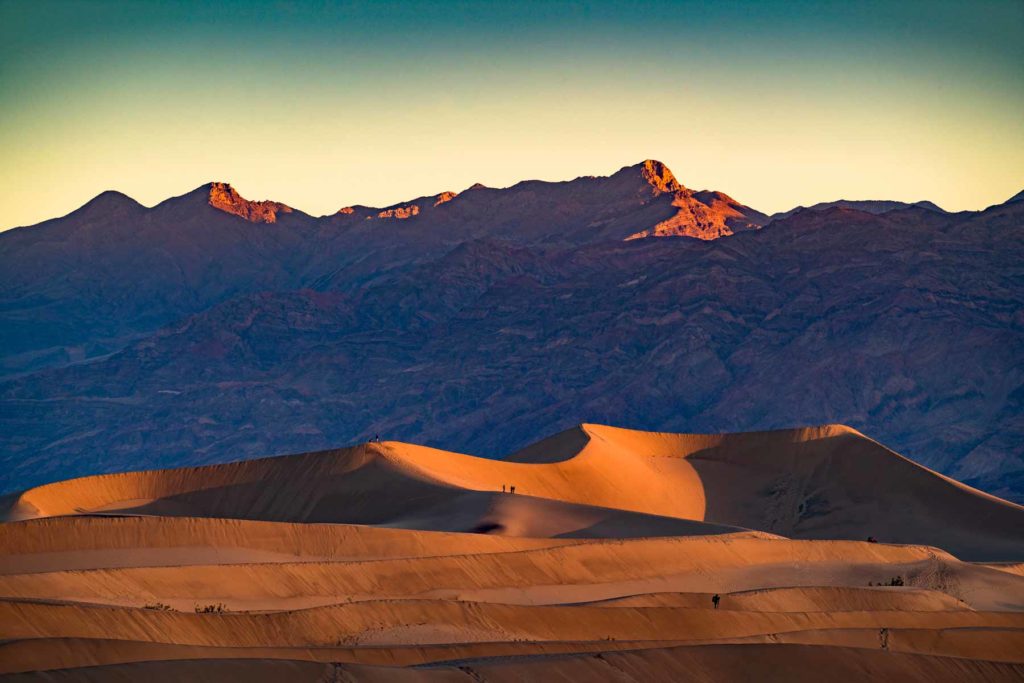
3. Joshua Tree National Park
Distance from Riverside: 1 hours & 51 minutes via I-10 E & CA-62 E.
Resources: Guide / Hikes / Map / Guidebook / Where to Stay
Joshua Tree National Park is located in southeastern California and was established as a national monument in 1936 and as a national park in 1994.
The park is named after the iconic Joshua trees, which are found in the park’s unique and diverse landscape.
The history of Joshua Tree National Park goes back thousands of years, when the Pinto Culture, Serrano, and Cahuilla people lived in the area and used the resources of the land to sustain themselves.
The park’s unique landscape, including its towering rock formations, was formed by millions of years of geological activity and erosion.
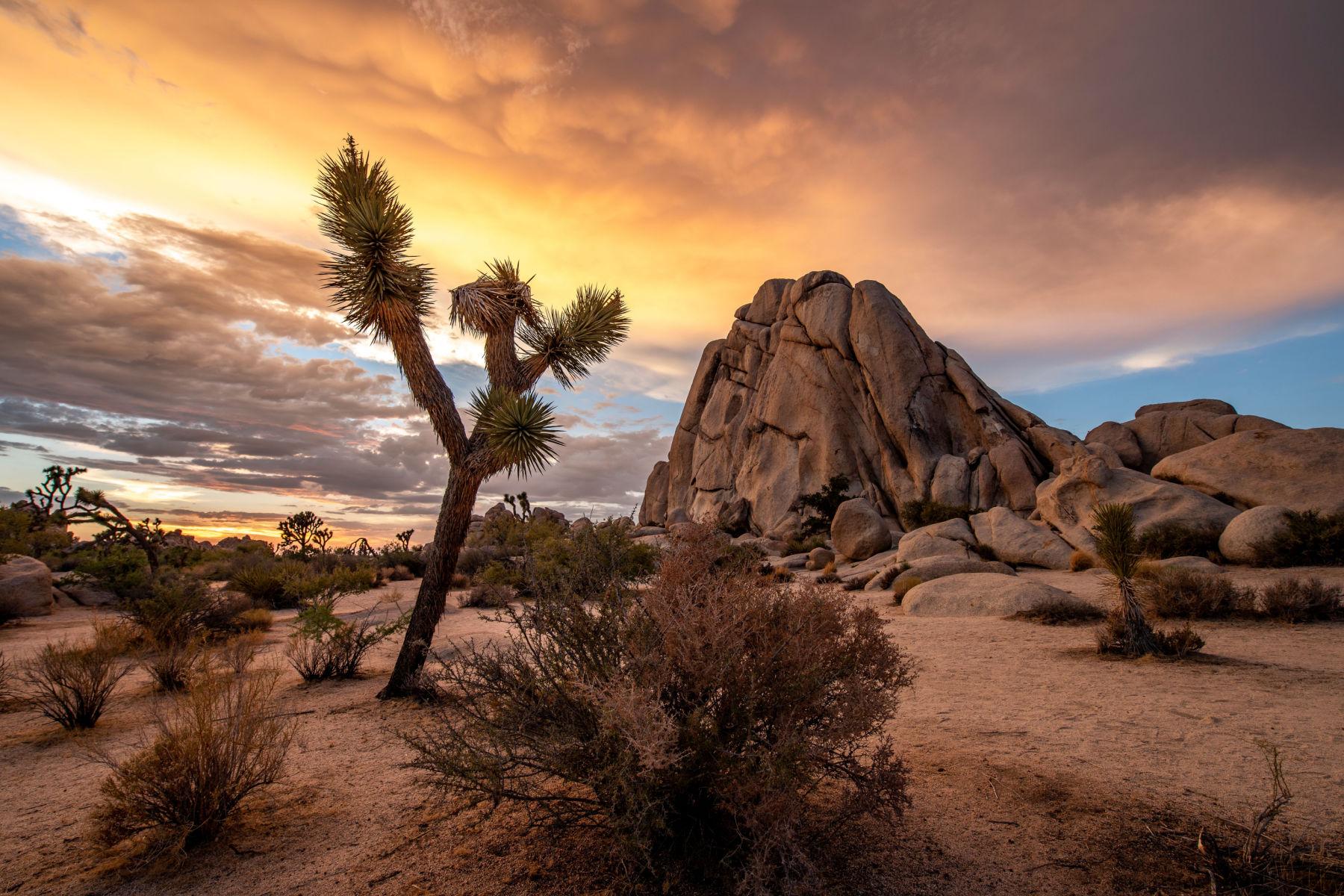
In the late 19th and early 20th centuries, the area was used for mining, ranching, and farming, and several small communities, including Joshua Tree and Twentynine Palms, emerged.
The park’s popularity as a recreational destination grew in the 1920s and 1930s, and the area was designated as a national monument in 1936 to protect its unique landscape and resources.
Today, Joshua Tree National Park encompasses over 790,000 acres of land and includes two distinct desert ecosystems, the Mojave Desert and the Colorado Desert.
The park is home to a wide range of plant and animal species, including the iconic Joshua tree, the desert tortoise, and the rattlesnake, and provides visitors with opportunities to experience the unique beauty of the desert, including hiking, camping, and rock climbing.
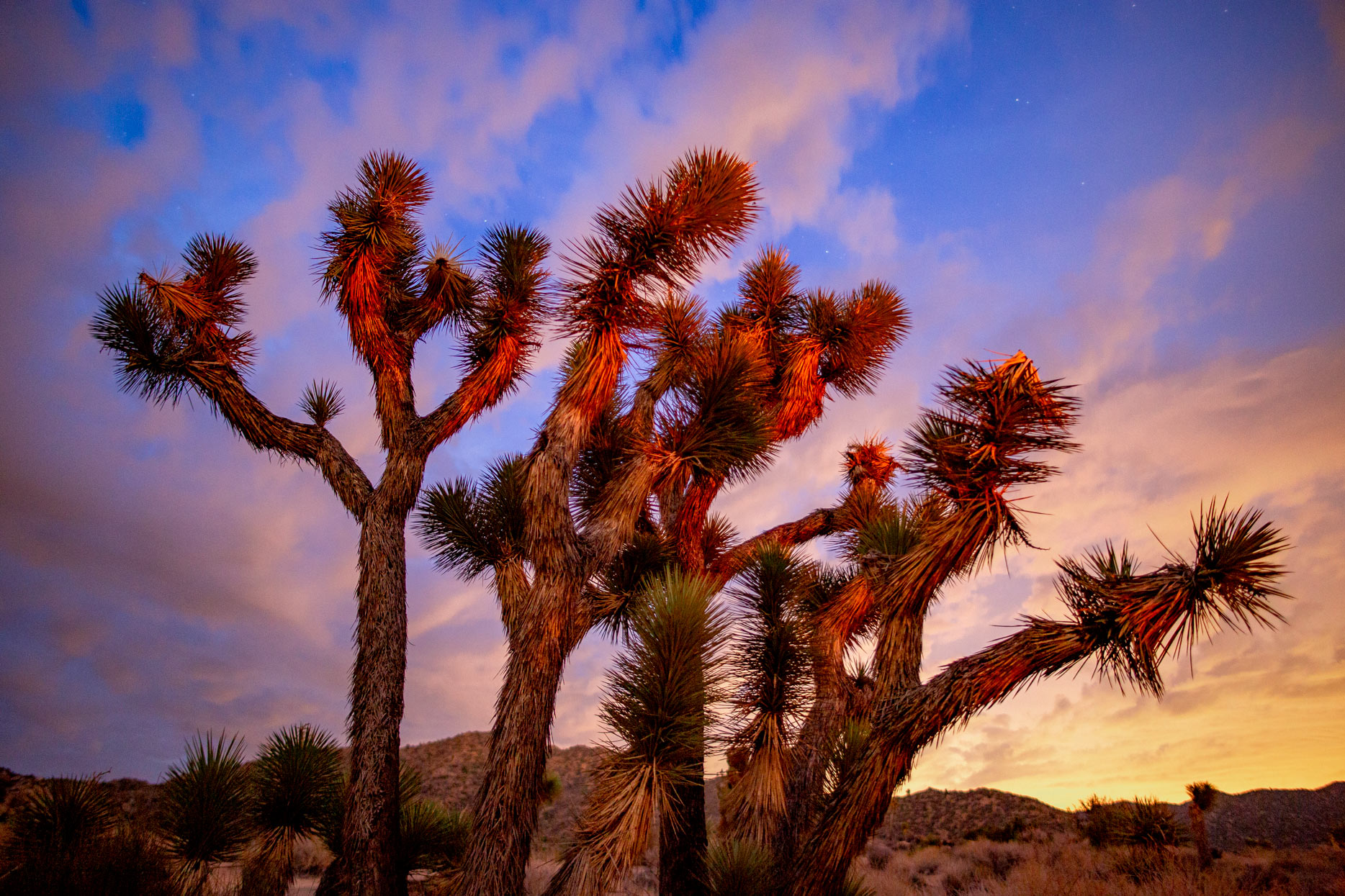
If you’re visiting the park be sure to check out our full Joshua Tree National Park Guide.
Things To Do In Joshua Tree
Joshua Tree National Park offers a range of outdoor recreational activities for visitors to enjoy. Here are some popular things to do in the park:
- Rock Climbing: Joshua Tree is known for its climbing opportunities, with thousands of routes for climbers of all skill levels.
- Hiking: There are several hiking trails that offer a variety of experiences, from easy walks to challenging backcountry treks.
- Stargazing: The park is one of the best places in Southern California for stargazing, due to its clear, dark skies.
- Wildlife Watching: Joshua Tree is home to a diverse range of wildlife, including bighorn sheep, coyotes, and roadrunners.
- Scenic Drives: Take a scenic drive through the park to enjoy its unique landscapes, including Joshua tree forests, desert plains, and rock formations.
- Photography: With its dramatic landscapes and unique rock formations, Joshua Tree is a popular destination for photographers.
- Camping: Joshua Tree offers several campgrounds for those who want to spend the night in the park.
- Ranger-led Programs: The park offers a variety of ranger-led programs, including walks, talks, and campfire programs, to help visitors learn about the park’s history and natural resources.
- Visiting the Oasis Visitor Center: The Oasis Visitor Center is a great place to learn about the park and its resources, with interactive exhibits and a gift shop.
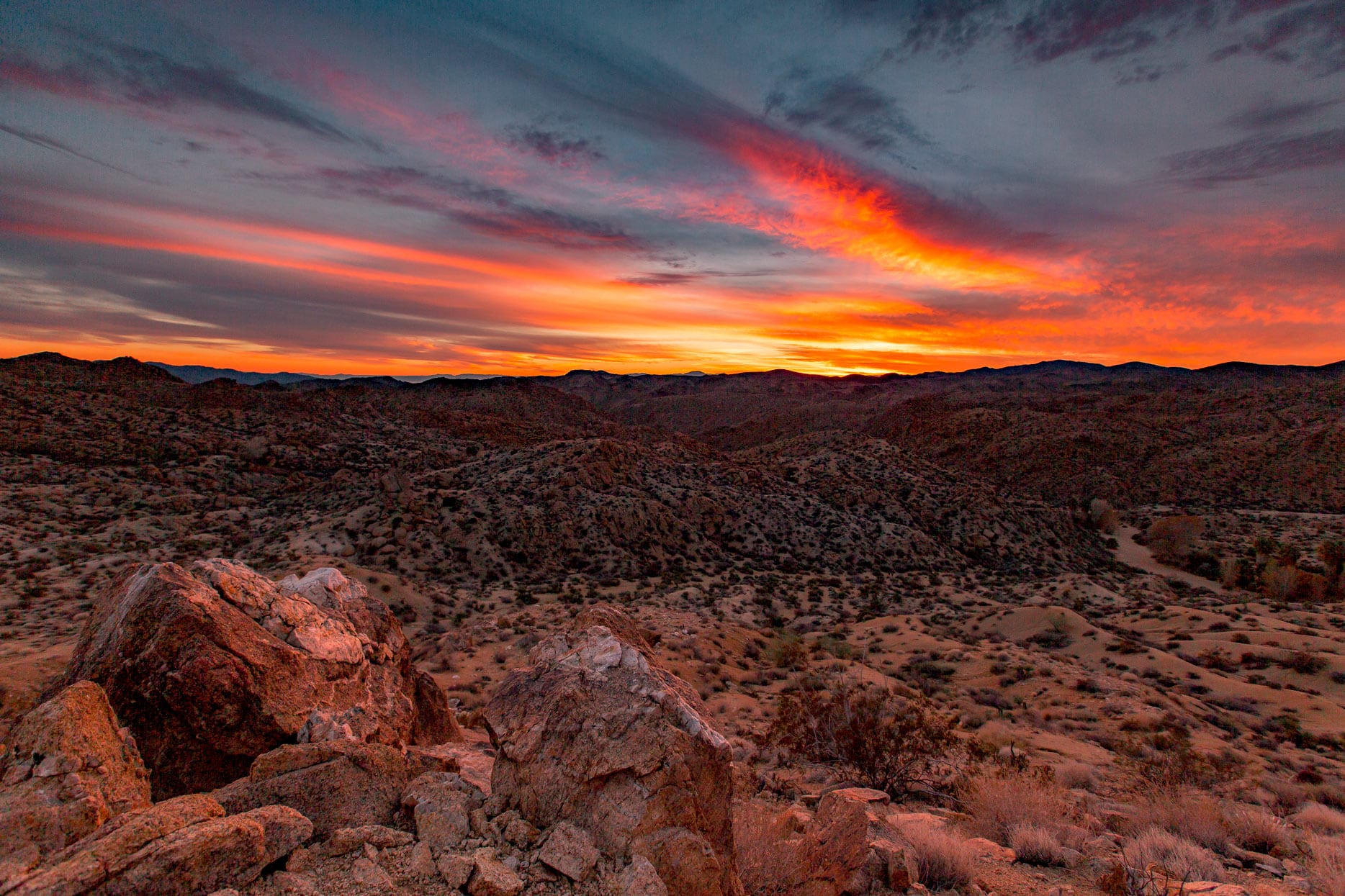
Check Out Our Joshua Tree Video
MTJP | Joshua Tree is the culmination of nearly a month spent exploring Joshua Tree National Park. We chose Joshua Tree because of its unique landscape. Its immense boulder piles, colorful cactus fields, endless desert expanses, and one-of-a-kind Joshua trees make for a spectacular setting.
This film was shot entirely in 4K. We decided to capture this film during the winter months to spare ourselves from the extreme temperatures of Summer. Joshua Tree is home to some of the darkest skies in the United States and as such we chose to feature the stars heavily.
Filming locations include: Skull Rock, Arch Rock, Keys View, Wall Street Mill, Cholla Cactus Garden, Jumbo Rocks, Cottonwood Springs, & more.
More National Parks Near Riverside
4. Pinnacles National Park
Distance from Los Angeles: 5 hours & 45 minutes via I-5 N.
Resources: Things to Do
Pinnacles National Park is known for its unique geology and diverse array of wildlife, as well as its extensive hiking and rock climbing opportunities.
The park is located in the Gabilan Range of the California Coast Ranges and is home to a series of towering rock formations known as the Pinnacles. These towering formations are the result of volcanic activity that occurred over 23 million years ago, followed by millions of years of erosion that carved the rock into its current shape.
Visitors to the park can explore a variety of trails that wind through the rugged landscape, offering views of the towering rock formations, scenic vistas, and diverse wildlife. Some of the most popular hikes in the park include the High Peaks Trail, which takes visitors to the top of the tallest peaks in the park, and the Balconies Cave Trail, which takes visitors through a series of caves and crevices in the rocks.
In addition to its stunning geology, Pinnacles National Park is also home to a rich array of wildlife, including California condors, black-tailed deer, and several species of bats. The park is also a popular destination for rock climbing and offers a range of climbing routes for climbers of all abilities.

RELATED: 10 [EPIC] Things To Do At Pinnacles National Park
5. & 6. Sequoia and Kings Canyon National Parks
Distance from Riverside: 4 hours & 48 minutes via I-5 N.
Sequoia & Kings Canyon National Parks had 1.2 million visitors in 2020.
Sequoia National Park was established on September 25, 1890, making it our country’s second oldest national park.
Kings Canyon was established fifty years later on March 4, 1940.
Together, these two parks offer a truly unique experience for travelers looking to experience some of America’s most amazing natural wonders.
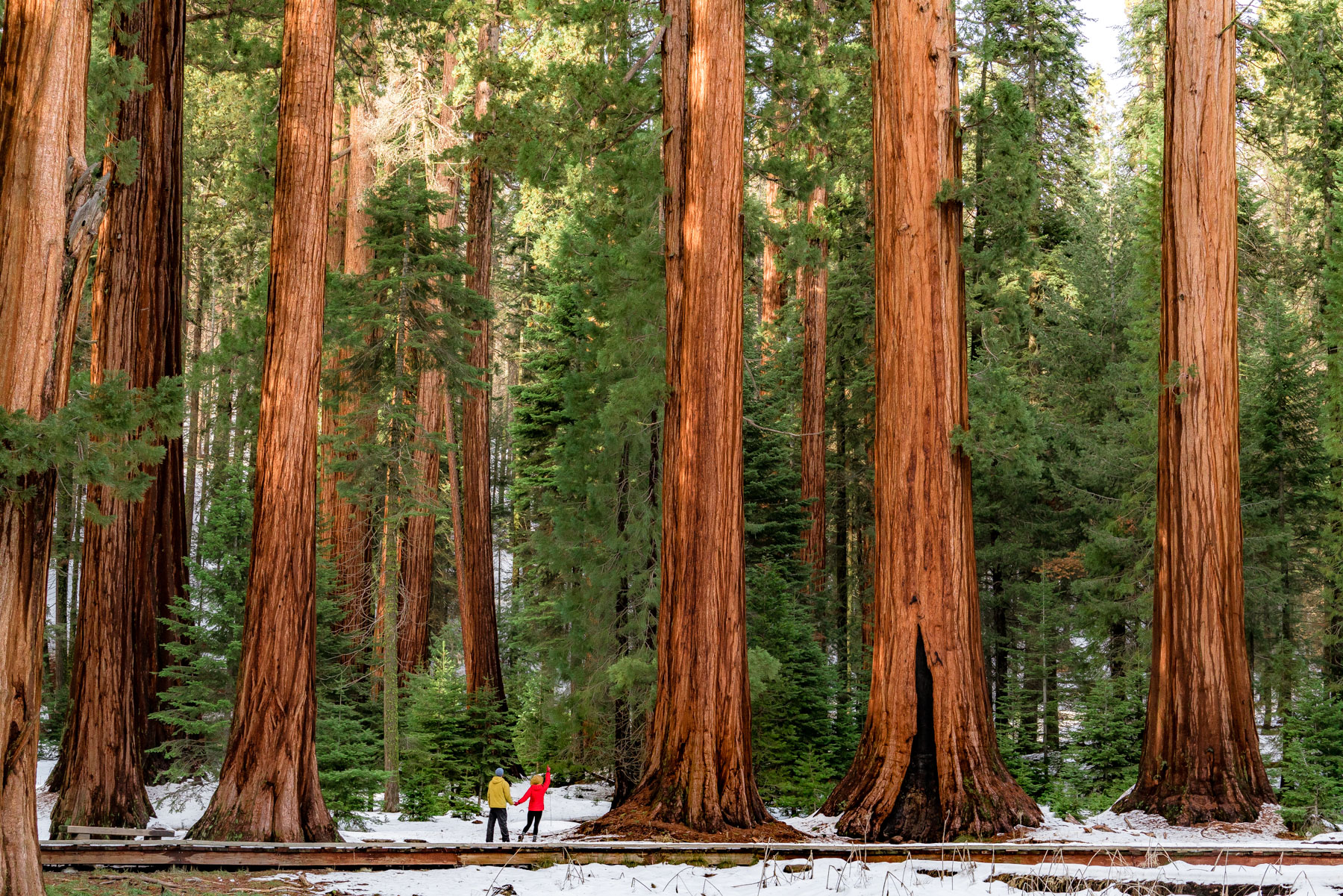
The Tallest Trees In The World
Of course, you’re going to want to be sure to visit the two stars of these two parks.
The General Sherman Tree is the world’s largest tree, measured by volume. It stands 275 feet (83 m) tall, and is over 36 feet (11 m) in diameter at the base. It’s located in Sequoia National Park.
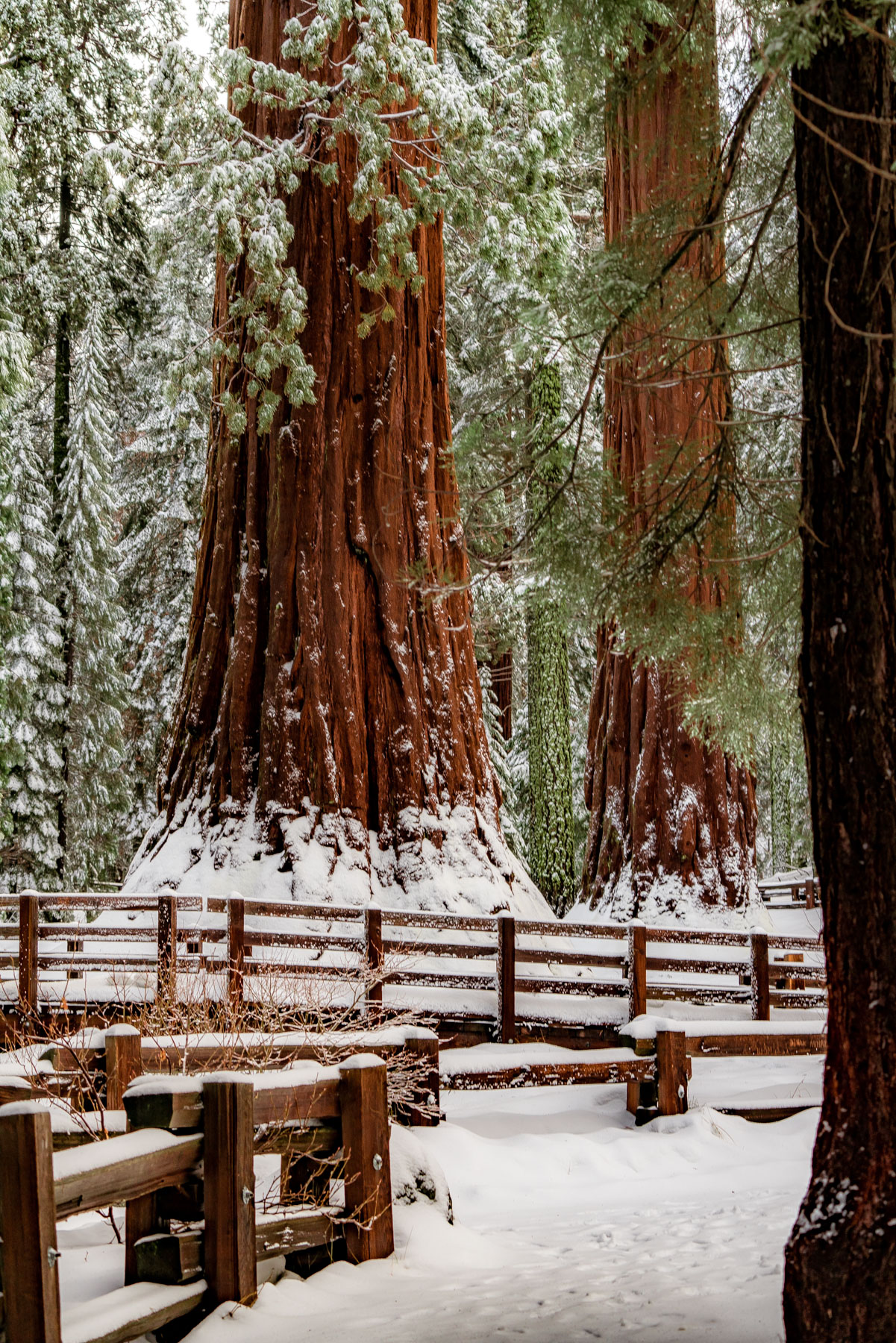
The General Grant Tree is located in Grant Grove in Kings Canyon National Park. It’s the second-largest tree in the world, standing 267 feet tall, and nearly 29 feet wide at the base.
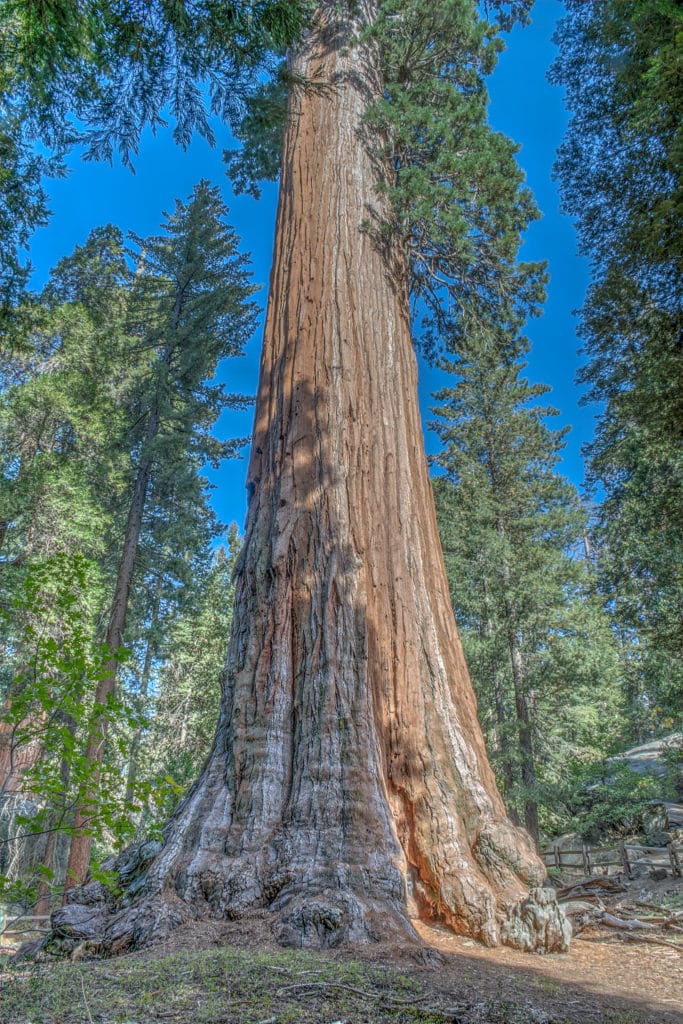
RELATED: General Grant Tree: Everything You Need To Know About The World’s Second Tallest Tree
Of course, these two iconic two trees are named after the two victorious Civil War Generals Ulysses S. Grant and William T. Sherman.
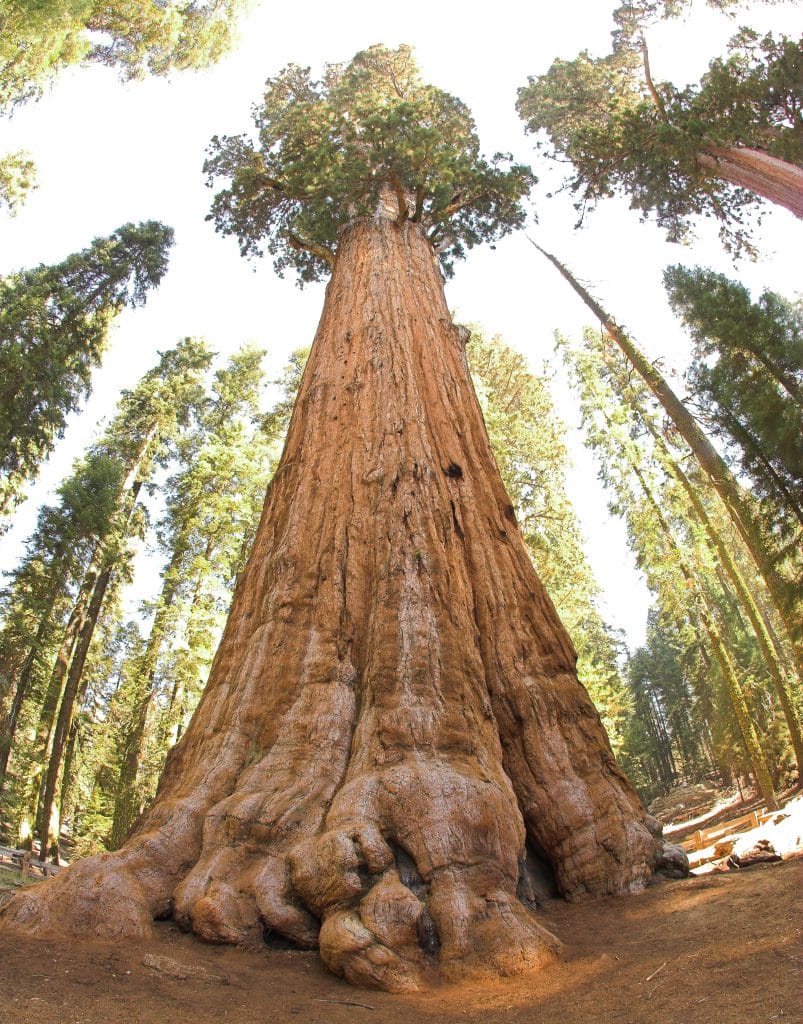
RELATED: General Sherman Tree: Everything You Need To Know About The World’s Largest Tree
7. Yosemite National Park
Distance from Los Riverside: 5 hours & 50 minutes via CA-99 N.
Resources: Map / Guidebook / Facts / Where to Stay
Yosemite National Park covers over 1,200 square miles of stunning natural beauty and diverse landscapes. The park is renowned for its granite cliffs, including Half Dome and El Capitan, its diverse array of wildlife, and its breathtaking waterfalls, including the famous Yosemite Falls.
The area that is now Yosemite National Park has a rich history dating back to the indigenous people who lived there for thousands of years. These native tribes, such as the Miwok and Paiute, have a deep cultural connection to the land and its resources.

RELATED: 8 BEST NATIONAL PARKS NEAR SAN FRANCISCO
The First Time In History That Land Was Set Aside For A Park
In 1864, President Abraham Lincoln signed the Yosemite Grant, which set aside the area as a public trust and protected it from development and commercial exploitation.
This was the first time in history that land was set aside specifically for public use and preservation, and it set a precedent for the creation of national parks.
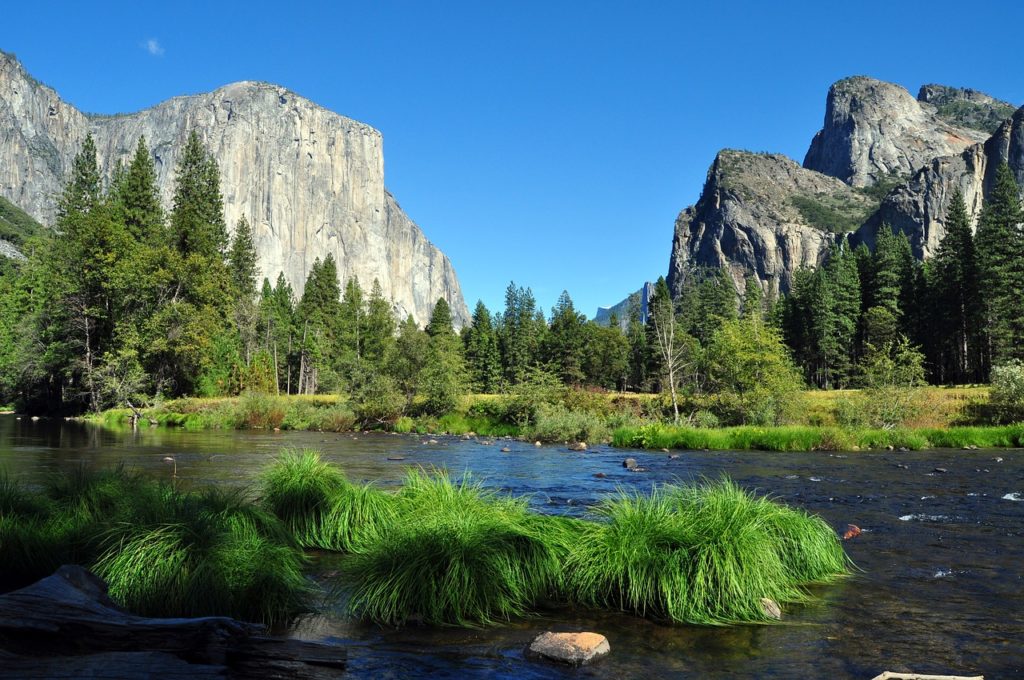
In 1890, Yosemite became a national park, and in 1916, the National Park Service was established to manage and protect all national parks, including Yosemite. Over the years, the park has faced numerous challenges, including overgrazing by livestock, fire suppression, and threats from development and tourism.
Today, Yosemite National Park is a popular destination for millions of visitors each year and is considered one of the crown jewels of the National Park System. The park is protected and managed to ensure that its unique and stunning landscapes and wildlife are preserved for future generations to enjoy.
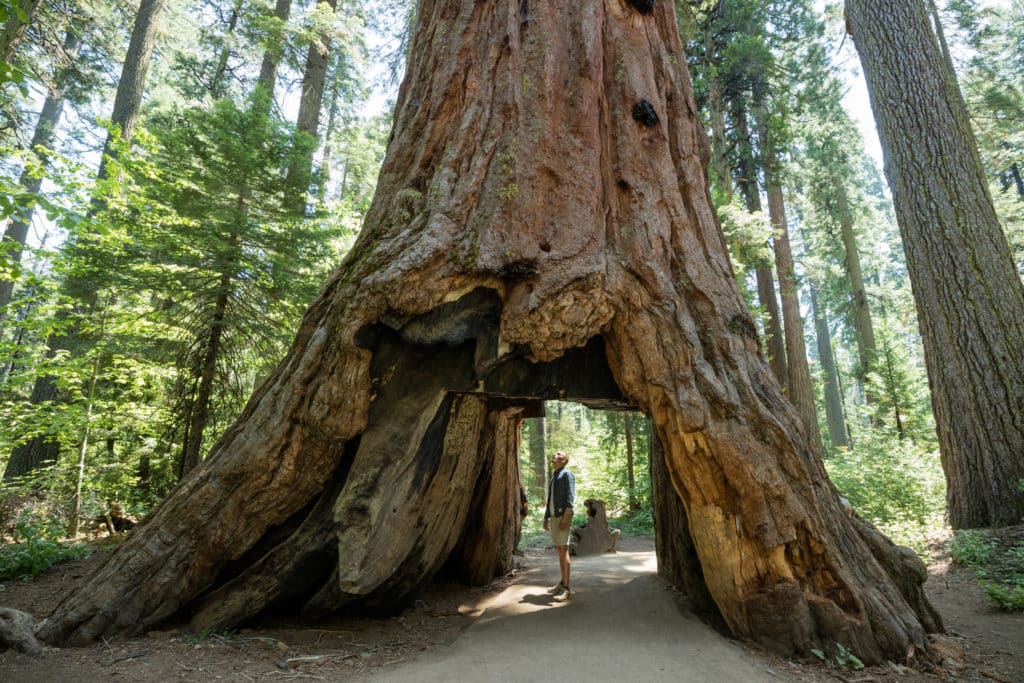
If you want to learn more about this amazing park then check out 16 (AMAZING) Yosemite National Park Facts You Probably Didn’t Know
Things To Do At Yosemite
- Hiking: Yosemite is a hiker’s paradise, with hundreds of miles of trails that wind through pristine wilderness, past waterfalls and lakes, and up to panoramic vistas. Some popular hikes include the Yosemite Falls Trail, Half Dome, and El Capitan.
- Rock Climbing: Yosemite is one of the world’s premier destinations for rock climbing, with its iconic granite cliffs offering challenging routes for both beginner and experienced climbers.
- Scenic Drives: Yosemite Valley is a beautiful destination in and of itself, but the park also offers several scenic drives that offer stunning views of the park’s diverse landscapes, including Tioga Road, Glacier Point Road, and the Mariposa Grove.
- Wildlife Watching: Yosemite is home to a wide range of wildlife, including black bears, deer, coyotes, and mountain lions. Visitors can also see birds of prey such as hawks and eagles, and many species of fish in the park’s streams and rivers.
- Photography: Yosemite is a photographer’s dream, with its breathtaking landscapes and diverse wildlife offering endless opportunities for capturing stunning images.
- Camping: Yosemite has 13 campgrounds located throughout the park, offering a unique way to experience the park’s wilderness.
- Rafting and Kayaking: The Merced River that flows through Yosemite Valley is a popular spot for rafting and kayaking in the summer months.
- Winter Sports: Yosemite is also a popular winter destination, with opportunities for skiing, snowboarding, and snowshoeing.
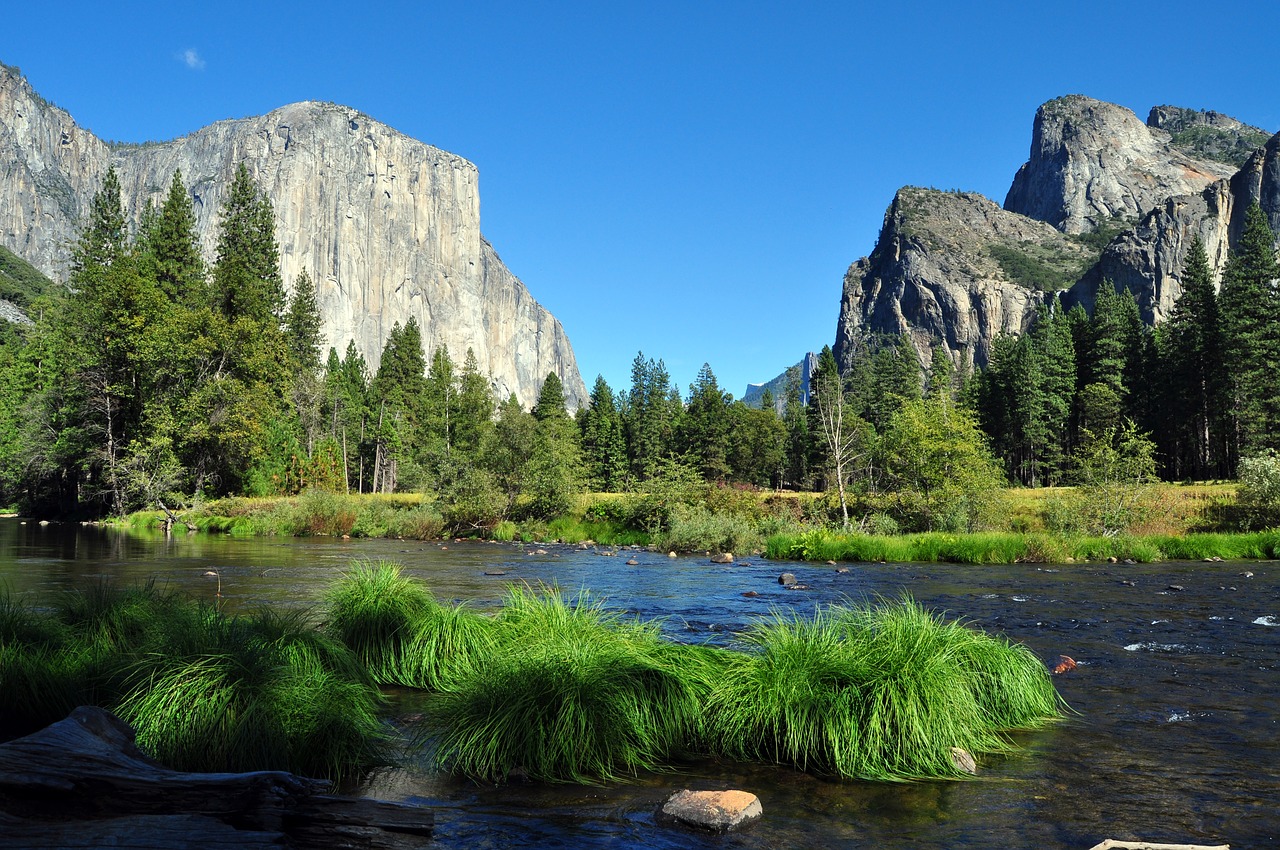
National Parks Near Riverside FAQ
The national parks in California are as follows:
Yosemite National Park
Redwood National Park
Sequoia National Park
Death Valley National Park
Joshua Tree National Park
Kings Canyon National Park
Lassen Volcanic National Park
Channel Islands National Park
Pinnacles National Park
Joshua Tree National Park. It’s San Diego’s closest national park and, in my opinion, one of the greatest national parks in America.
Why Trust Us About National Parks Near Riverside?
We’re Jim Pattiz and Will Pattiz, collectively known as the Pattiz Brothers (and sometimes the Parks Brothers) and we absolutely LOVE the national parks.
You should probably know that we don’t just make this stuff up out of thin air. We’ve spent our entire adult lives exploring and filming America’s national parks and public lands.
We’ve worked with the National Park Service, the Department of Interior, USDA, and the U.S. Forest Service for years creating films on important places and issues. Our work has been featured in leading publications all over the world and even some people outside of our immediate family call us experts on the national parks.
Meet The Parks Brothers
List Of National Parks Near Riverside
- Channel Islands National Park
- Death Valley National Park
- Joshua Tree National Park
- Pinnacles National Park
- Sequoia National Park
- Kings Canyon National Park
- Yosemite National Park
Map Of National Park Sites Near Riverside
We Hope You’ll Follow Our Journey

Our goal here at More Than Just Parks is to share the beauty of America’s national parks and public lands through stunning short films in an effort to get Americans and the world to see the true value in land conservation.
We hope you’ll follow our journey through the parks and help us to keep them the incredible places that they are. If you’re interested in joining the adventure then please sign up below!
Related Articles
- 8 BEST NATIONAL PARKS NEAR SAN FRANCISCO (Guide + Photos)
- 15 EPIC HIKES in JOSHUA TREE NATIONAL PARK (+ Photos)
- 15 (STUNNING) Things to Do in Redwood National Park
- 25+ (AMAZING) Things to Do in DEATH VALLEY NATIONAL PARK
- 10 [EPIC] Things to Do at Pinnacles National Park (Expert Guide)
- JOSHUA TREE National Park: A (Very) Helpful Guide with Photos + Video
- 20 (BEST) West Coast National Parks – Ranked by Experts
- Why DEATH VALLEY NATIONAL PARK is Worth the Trip (Photos + Video)
- 6 BEST NATIONAL PARKS NEAR LAS VEGAS (Guide + Photos)
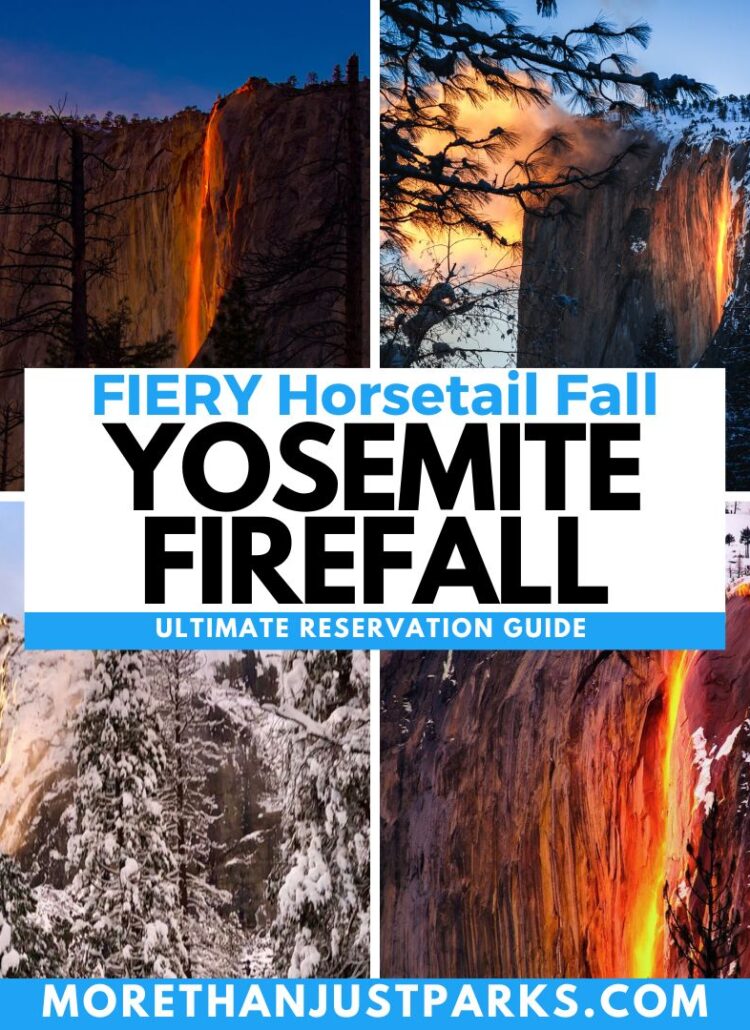
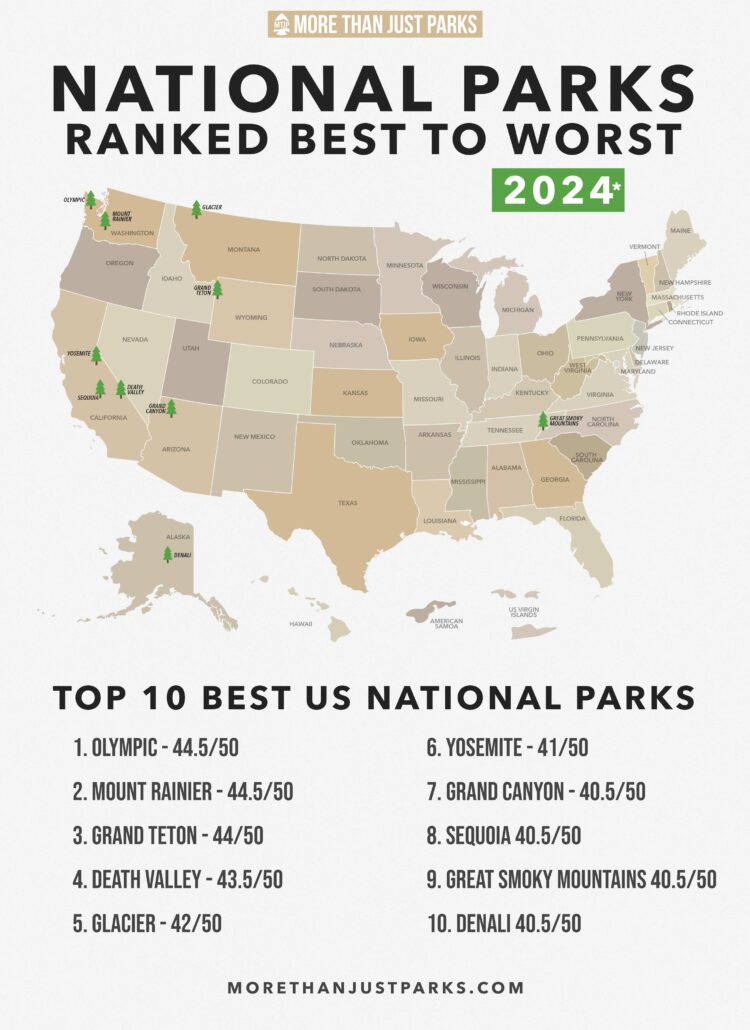
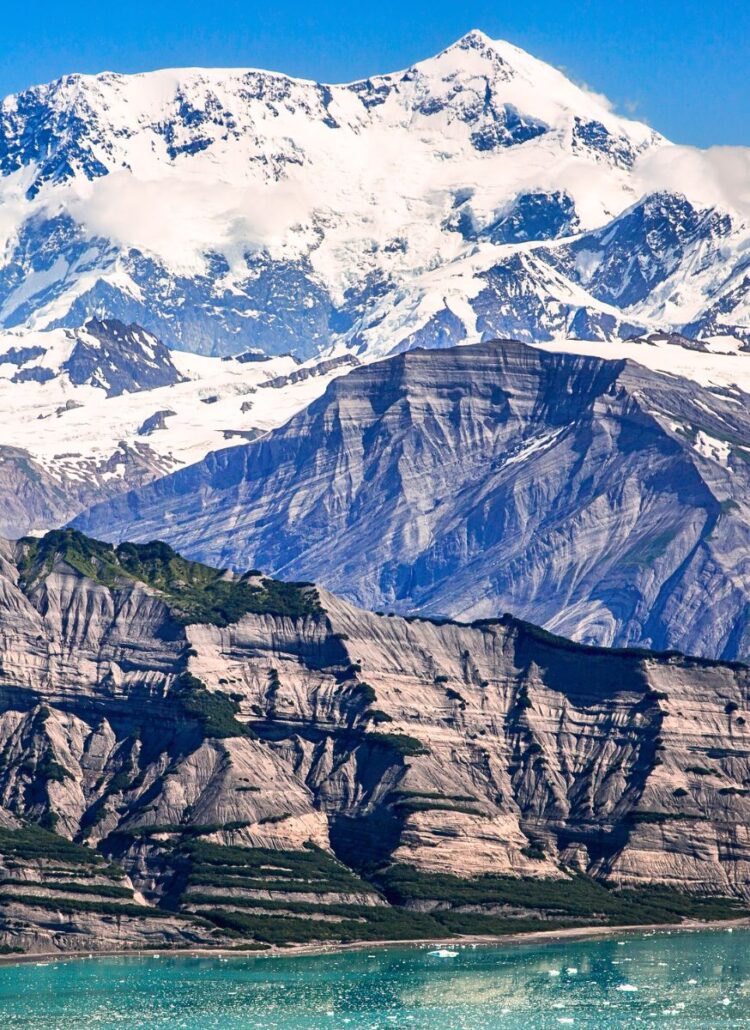
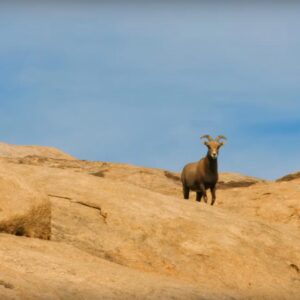

Leave a Reply